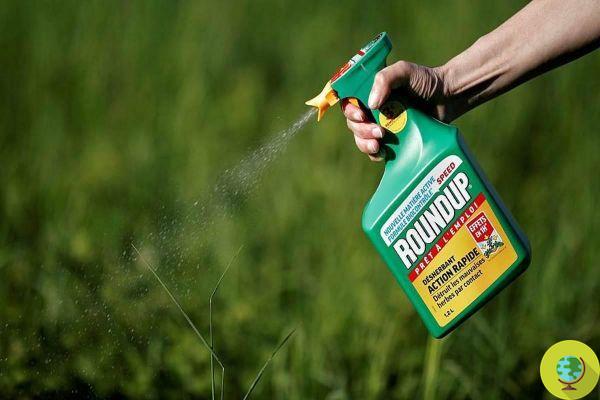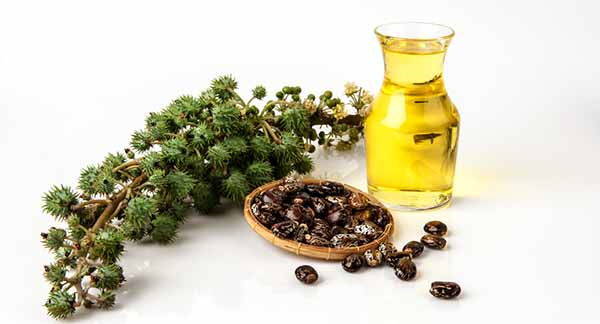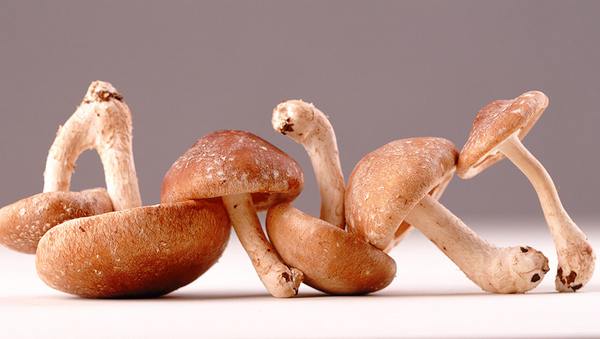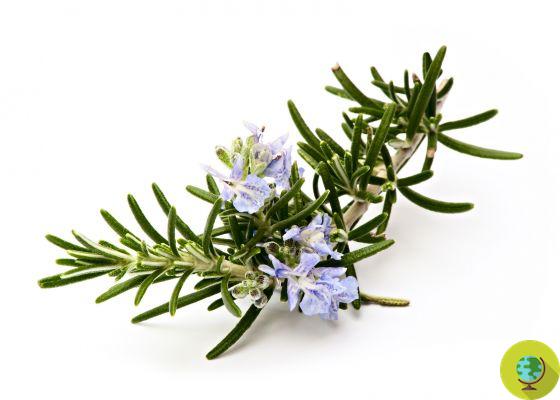The wood tick is a type of tick that is dangerous not only for animals but also for humans. In spring-summer it returns to populate the countryside areas and mountain trails. Here's how to defend yourself and what to do if you get stung.
Don't store avocado like this: it's dangerousAmong the dangerous parasites that can transmit diseases to humans and animals is the wood tick (Ixodes ricinus), which is found mainly on the grassy and little-traveled paths of the various regions of our country (very rare only in Sardinia).
The areas he prefers to live and proliferate are, as the name underlines, precisely the woods but those that are located at not very high altitudes and provided they have a good undergrowth and soil that guarantees a high level of humidity.
It is ticks with a rounded shape and considered "hard", as they are covered by a sort of shield which in the male is found on the whole dorsal surface while in the female it covers only the anterior part.
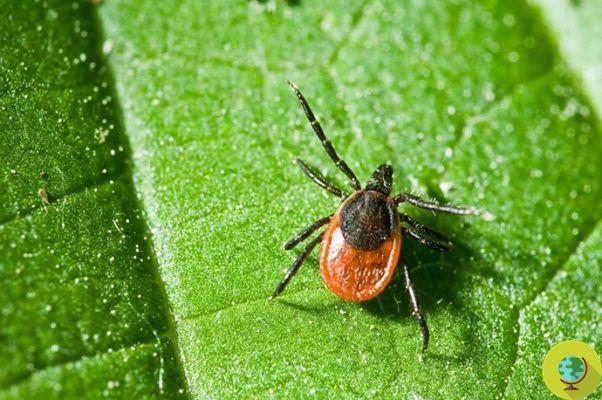
These ticks can be found in the earth but also on leaves and grass waiting for an animal or a man to attach to. The most serious risks which brings contact with these parasites are there transmission of microorganisms that can trigger dangerous pathologies such as Lyme disease and TBE-tick-borne meningoencephalitis.
What can we do concretely to avoid letting these arachnids ruin our outings?
Useful precautions to avoid wood ticks
If you go on excursions or walks in areas at risk of ticks it is good to follow the advice of the Ministry of Health:
- walk in the middle of the paths and avoid contact with vegetation as much as possible
- wear light-colored clothing (make it easier to spot ticks), long and resistant. Choose high closed shoes.
- If you are picking berries or mushrooms, wear gloves
- Use on the skin insect repellents and also spray the same on clothes and backpacks
- Back home it is good to take a shower and inspect the body with a visual but also a tactile examination of the skin especially in the areas most at risk: legs, groin, armpits, neck, head and navel but also in the hair.
- Brush outdoors or wash all items well used during the excursion
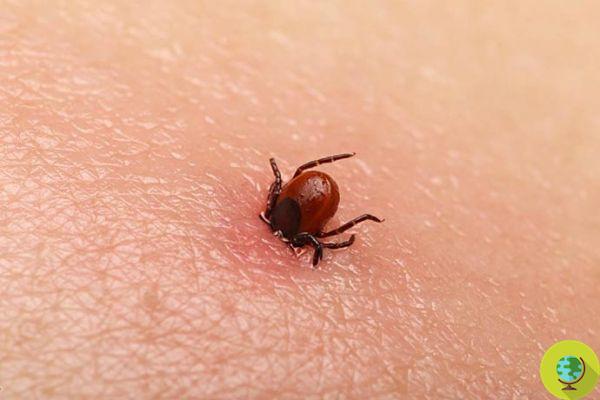
What to do in case of a sting and how to remove the tick
If you notice that there is a foreign body attached to a point of our skin, you must immediately check, using a magnifying glass or with the help of another person, if it is really a tick.
In this case must be removed immediately, thus it is less likely that it will transmit some pathogen (in fact it takes 36-48 hours). To remove the tick correctly you have to grasp it well with tweezers thin making sure not to tighten too much to avoid breaking it but pulling it with a certain decision and making a slight rotation movement.
If part of the rostrum (the organ that the tick uses to attach itself) or the head remains inside, it should be removed with the help of a sterile needle. At this point all that remains is wash with warm soapy water where she had slipped in and then disinfect.
Generally everything ends here but if in the next 30-40 days symptoms of infection appear such as fever, rashes in conjunction with the spot affected by the tick, weakness or swelling of the lymph nodes, it is good to consult your doctor immediately informing him of the incident.
Follow your Telegram | Instagram | Facebook | TikTok | Youtube
Read also:
- Tick bite: symptoms, what to do and how to remove them
- How to properly remove a tick
- The tick that makes you allergic to red meat is back, cases on the rise













